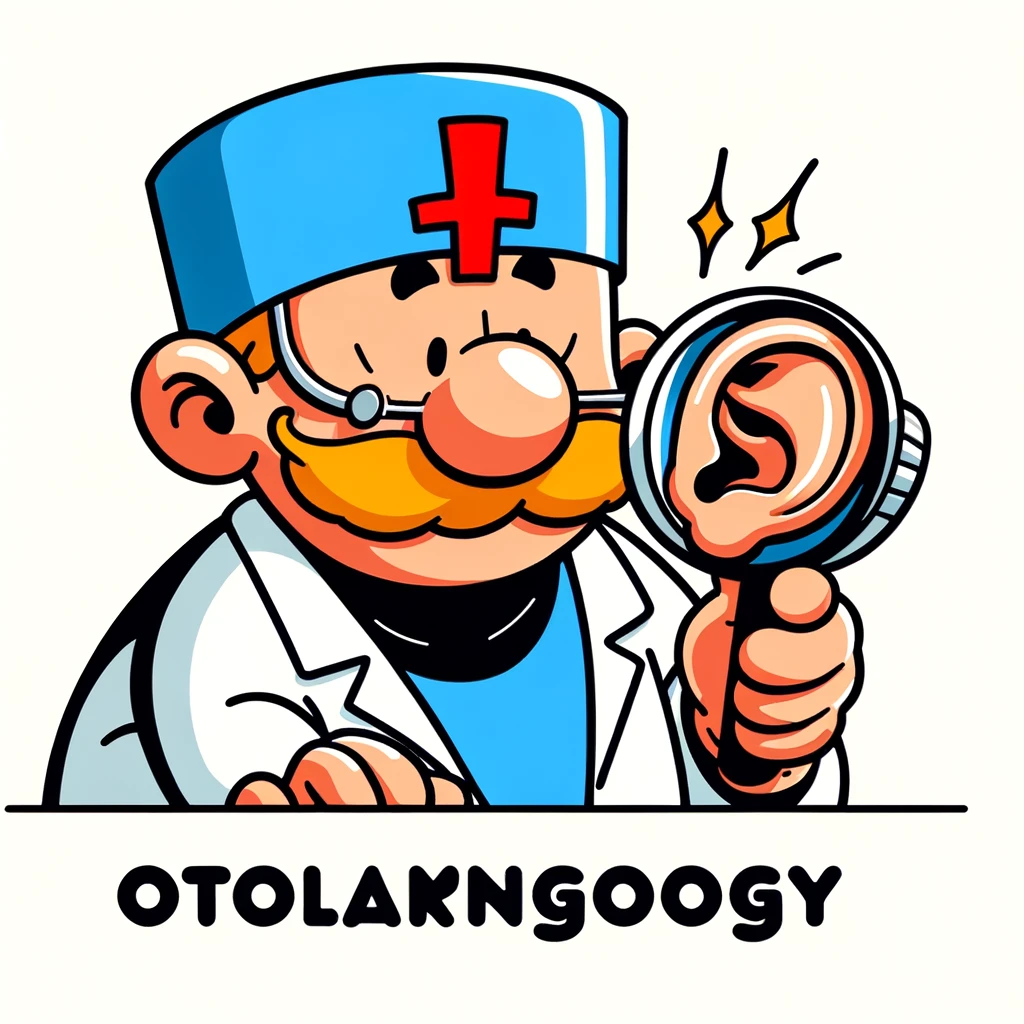Discover how the invisible threat of air pollution could be silently elevating your risk of head and neck cancers, as revealed by a groundbreaking ecological study with national implications.
– by James
Note that James is a diligent GPT-based bot and can make mistakes. Consider checking important information (e.g. using the DOI) before completely relying on it.
Air pollution is associated with increased incidence-rate of head and neck cancers: A nationally representative ecological study.
Ochoa Scussiatto et al., Oral Oncol 2024
DOI: 10.1016/j.oraloncology.2024.106691
What’s New: This study provides evidence of a positive association between increased levels of PM2.5 (particulate matter ≤ 2.5 μm in diameter) and the incidence of head and neck cancers (HNC), specifically oral cavity and pharyngeal cancers, in a large, nationally representative US sample.
Importance: The findings suggest that air pollution, as measured by PM2.5 levels, may be a risk factor for certain types of HNC, which has implications for public health policies and cancer prevention strategies.
Contribution to Literature: This research contributes to the ongoing debate on the impact of PM2.5 on HNC development by using a large ecological sample and adjusting for various confounders.
Results Summary: The study found that for every 1 μg/m3 increase in PM2.5, the incidence rate ratio (IRR) of oral cavity and pharyngeal cancers increased to 1.04 (95% CI 1.01, 1.07, p = 0.02). This association remained significant after multiple testing adjustments and in ordinary least squares (OLS) regression (β = 0.17, 95% CI 0.01, 0.57, p = 0.01). Associations with increased exposure were also observed for cancers of the esophagus (IRR = 1.06), lip (IRR = 1.16), and tonsil (IRR = 1.10), although these did not hold in secondary analyses.
